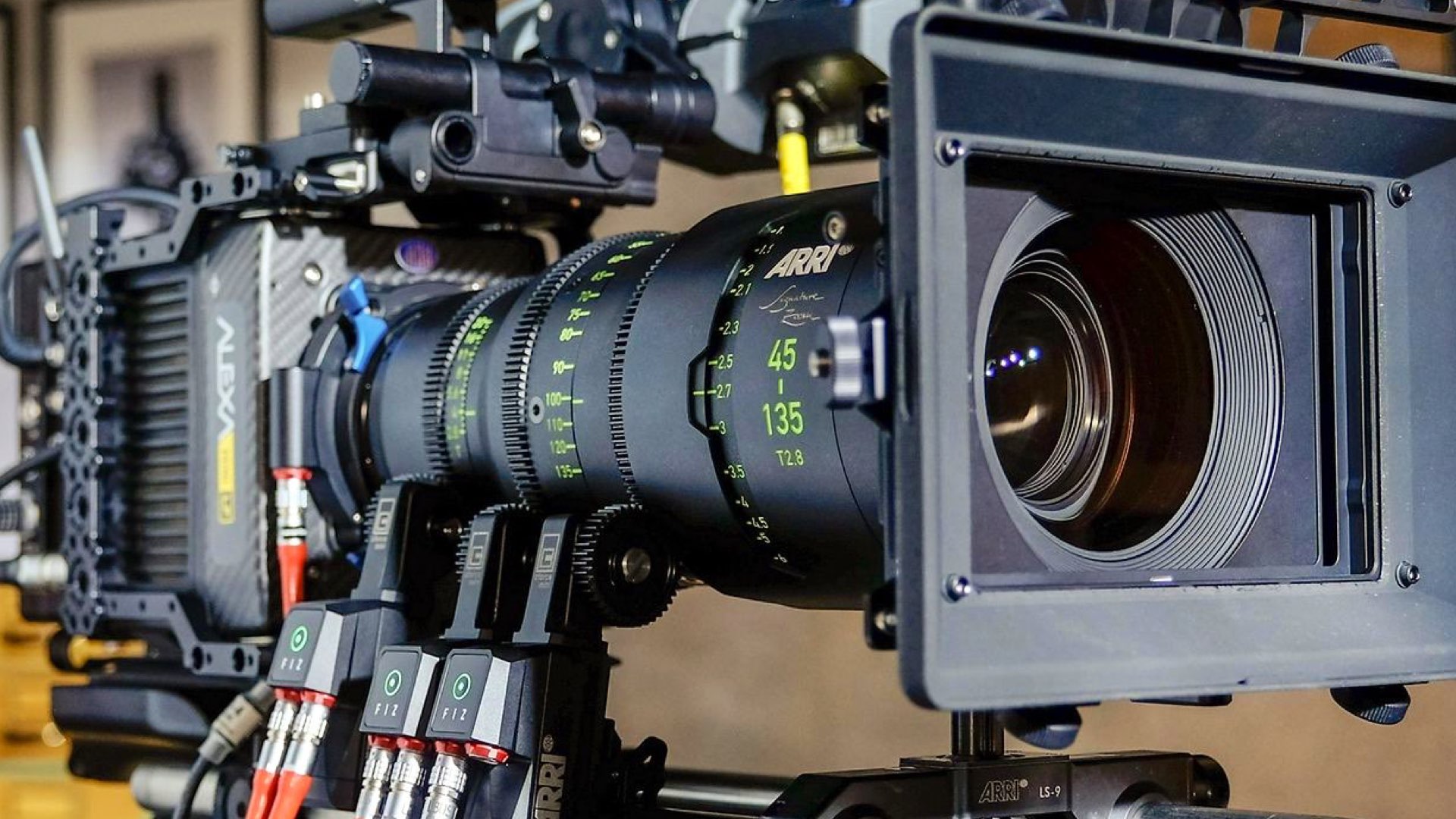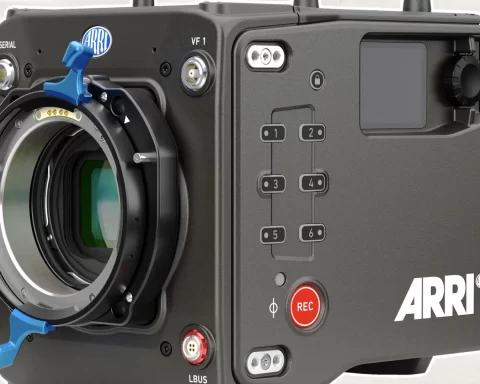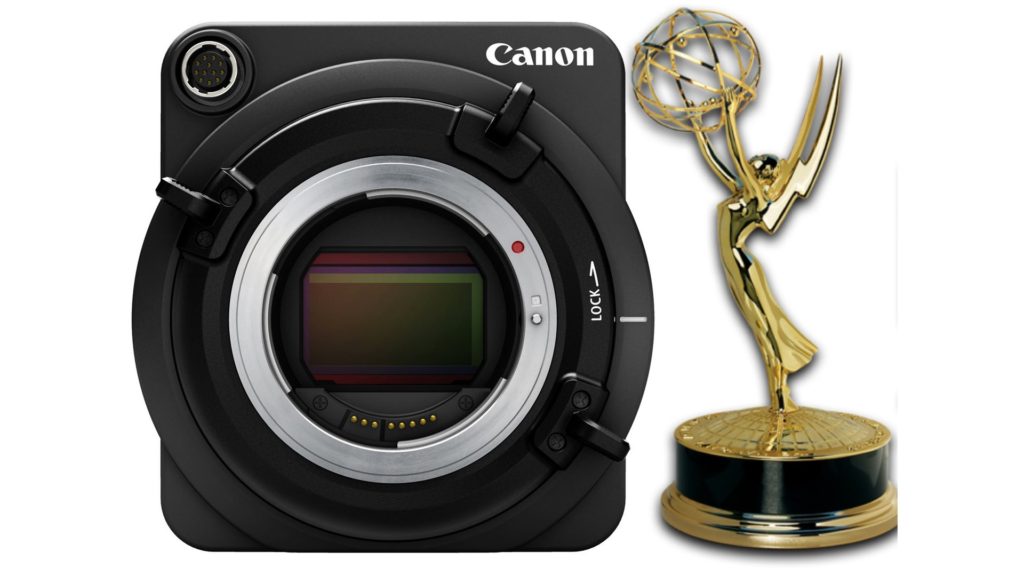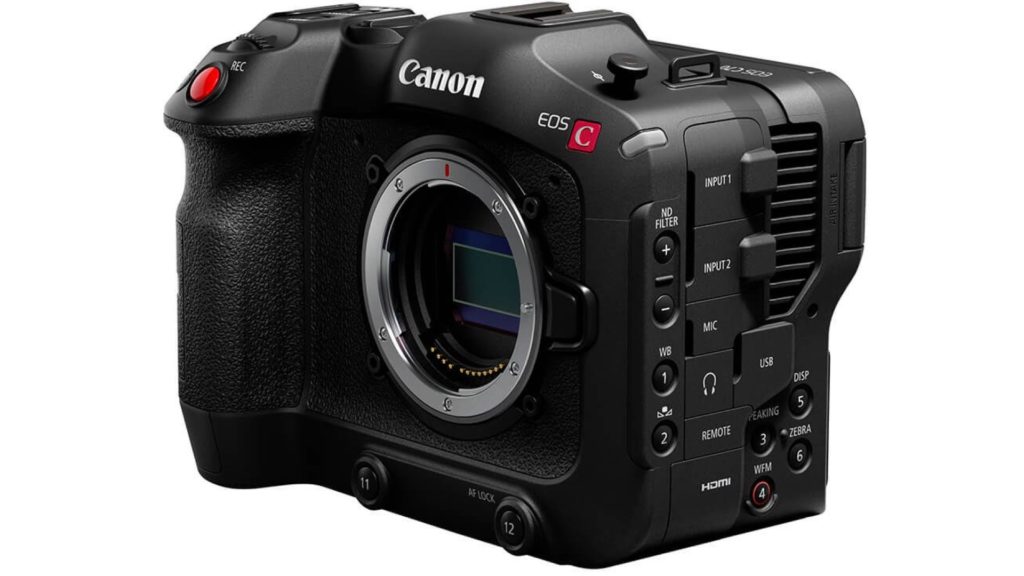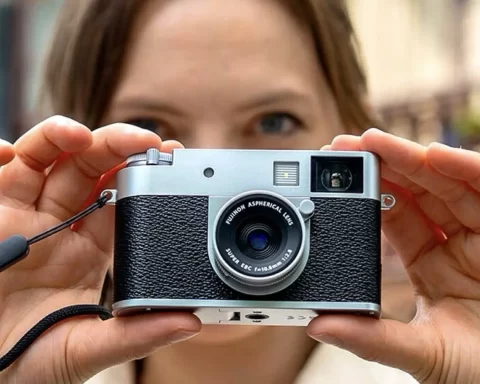ARRI has just announced the complementary zooms to its award-wining Signature Primes. Meet the new Signature Zoom family which is dedicated to Super 35 and full-frame imagery and defined by ARRI as “The Largest Zoom Range in the Industry”.
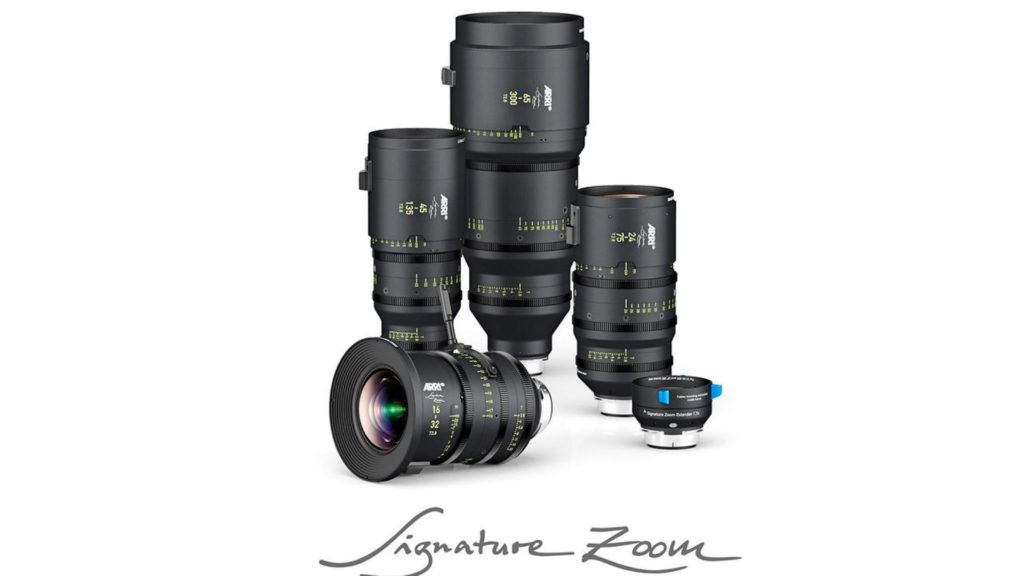
ARRI Signature Zooms
ARRI Signature Zooms were developed to match the natural skin tones, smooth focus fall-off, and timeless look of the Signature Primes. Indeed, any Signature Zoom includes many characteristics of the Signature Primes. This new family contains four Signature Zoom lenses, plus an extender to cover a focal length range of 16-510 mm which is “the widest on the market”. Furthermore, ARRI claims to a consistent look and fell over the entire zoom range.
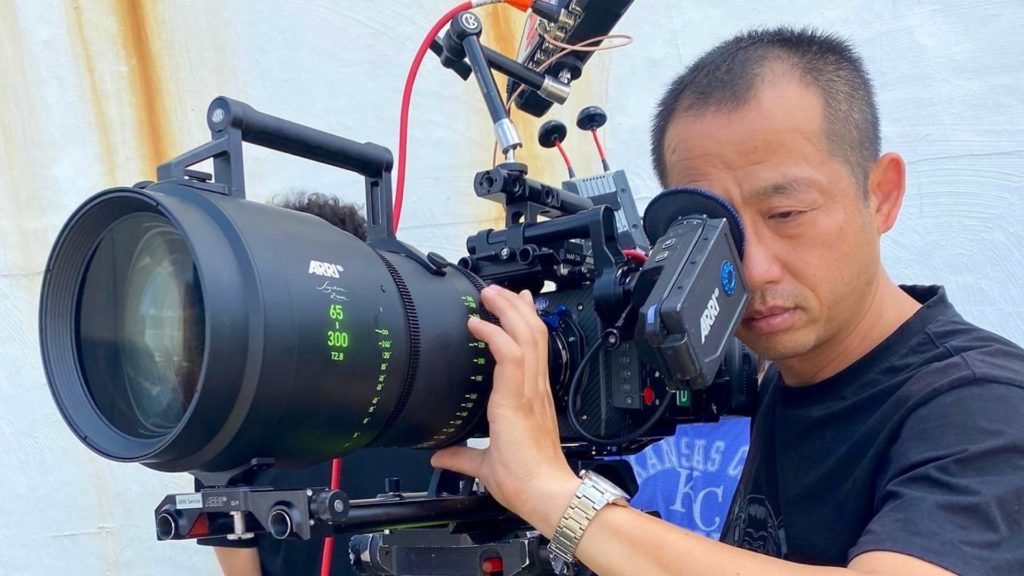
The Largest Zoom Range in the Industry
ARRI
Multi-format lenses: From Super 35 to Full-Frame
According to ARRI, the Signature Zoom was designed to match Super 35 as well. These are multi-format lenses and not just dedicated for full-frame, and they were planned to perform very well on cameras with both small and large pixel pitches. ARRI says that the Signature Zooms are basically distortion-free, to a degree only possible with prime lenses. However, the Signature Zoom will show more distortion by comparison (to the Signature Primes), but considerably less than one might see in other zooms. As for focus breathing, the Signature Zooms do show some of this at longer focal lengths, where it is less noticeable to the eye. At the wide end, where backgrounds tend to be sharper and focus breathing is more obvious, they show no visible breathing.
For examination of image quality, check out the ARRI Signature Zoom Showreel “Be my sisters” below:
“New look for digital cinema”
The Signature Primes are characterized by an advanced and unique optical design and the use of machined magnesium in their housings contributes to reducing their weight. ARRI emphasizes that the Signature Zooms were built from scratch to fulfill ARRIs standards for look and feel. Furthermore, ARRI adds that the Signature Zoom manufacturing partner produces high-precision optics for a number of other industries, and has never made a cinema lens before. This made them receptive to crafting a lens with a radical new look for digital cinema, as they had no preconceived notions regarding what a cinema lens should look like.
Have a look at the ARRI Signature Lenses – Primes and Zooms Configuration Overview document below:
[pdf-embedder url=”https://ymcinema.com/wp-content/uploads/2020/09/3.1.0-ARRI-Signature-Primes-Zooms.pdf” title=”ARRI Signature Lenses – Primes and Zooms Configuration Overview”]
ARRI Signature Zoom highlights
16-32 mm
- Minimal distortion
- Exceptional sharpness
- Length: 21.2 cm
- T-stop: 2.8
- Front diameter: 156 mm
- Weight: 3.8 Kg
- Close focus: 19.4 cm
- Price: $69,965
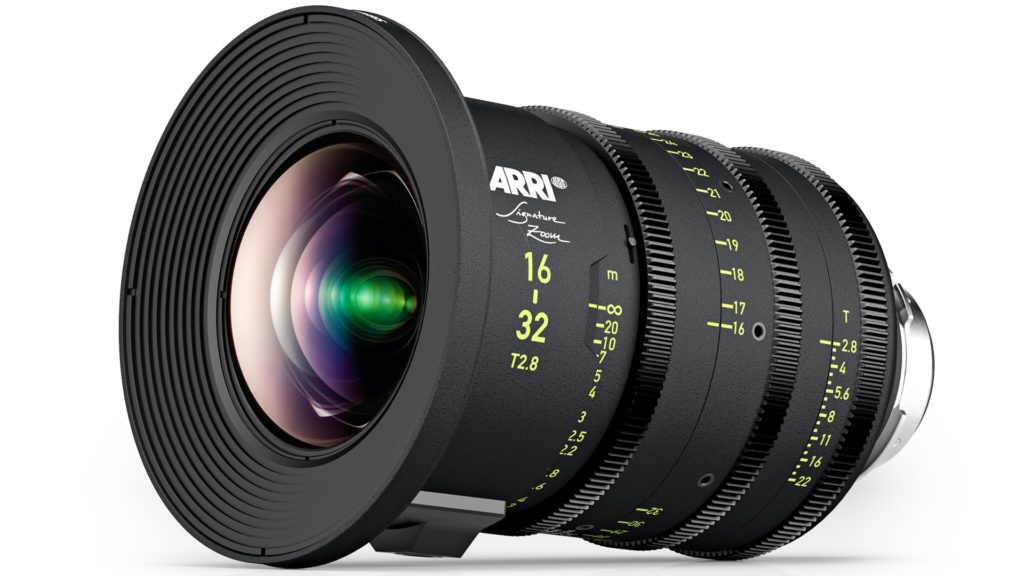
24-75 mm
- Lightweight and versatile
- Length: 24.4 cm
- T-stop: 2.8
- Front diameter: 114 mm
- Weight: 4.1 Kg
- Close focus: 41 cm
- Price: $49,940
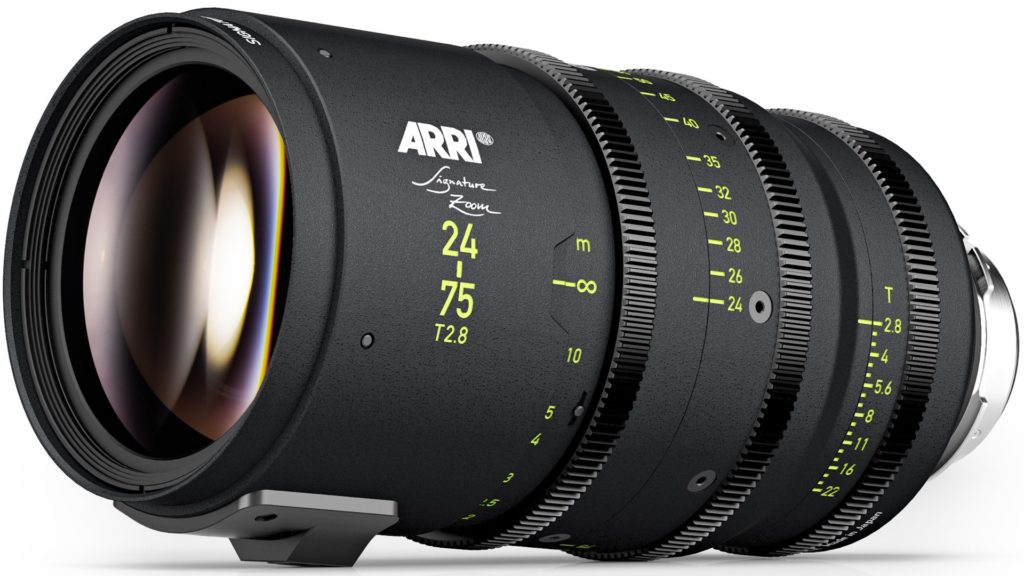
45-135 mm
- Compact, lightweight, and well-balanced for handheld and stabilizer systems
- Length: 30 cm
- T-stop: 2.8
- Front diameter: 114 mm
- Weight: 3.7 Kg
- Close focus: 65.6 cm
- Price: $49,940
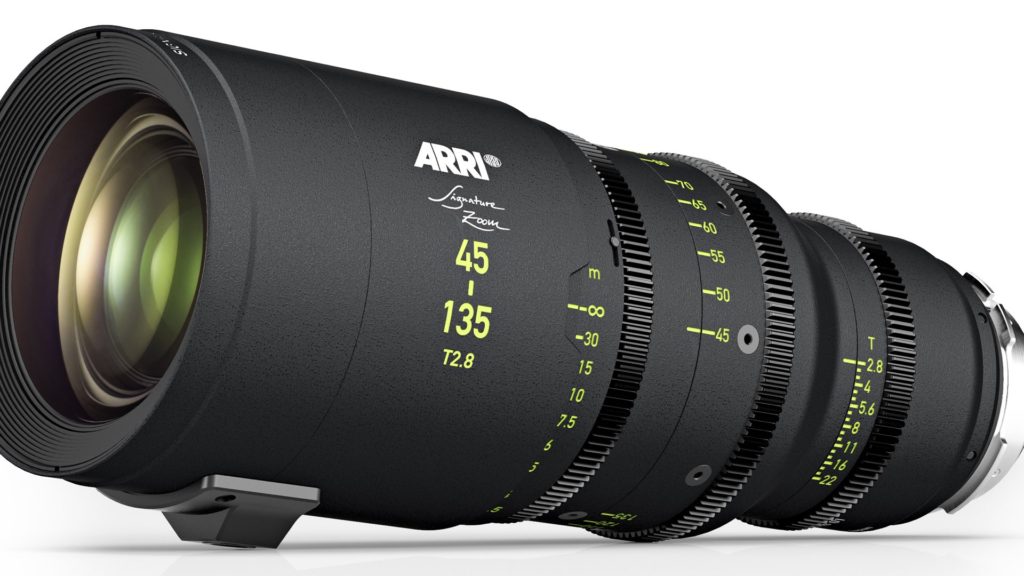
65-300 mm
- No ramping all the way to 300 mm
- Integrated handle
- Length: 42 cm
- T-stop: 2.8
- Front diameter: 156 mm
- Weight: 8.1 Kg
- Close focus: 133 cm
- Price: $74,975
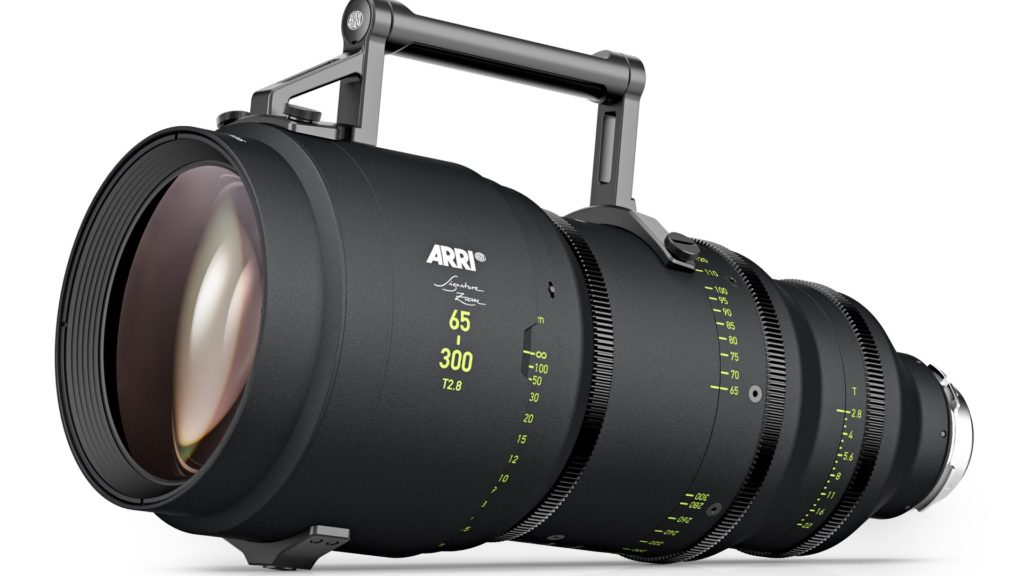
Signature Zoom extender 1.7X
The ARRI Signature Zoom 1.7x Extender is a high-performance optical device that is optimized for the Signature Zoom 65-300/T2.8 and Signature Prime 280/T2.8. It delivers its best optical performance with just those (and only!) two lenses. The extender turns the 65-300 mm T2.8 into a 110-510 mm T4.9 and the 280 mm T2.8 into a 480 mm T4.9. Learn more about the extender in the ARRI Tech Talk session below:
Final thoughts
The invention of the Signature Zooms was pretty much expected. Those zooms were designed to complement the Signature Primes and to allow filmmakers to get the same clean and esthetic imagery but with broader focal lengths. The price of the Signature Zooms starts at $50,000 and goes up to $75,000 per lens which means it’s a relatively high price point, and thus, we expect to see these glass stars mainly in high-end productions that can afford them.

